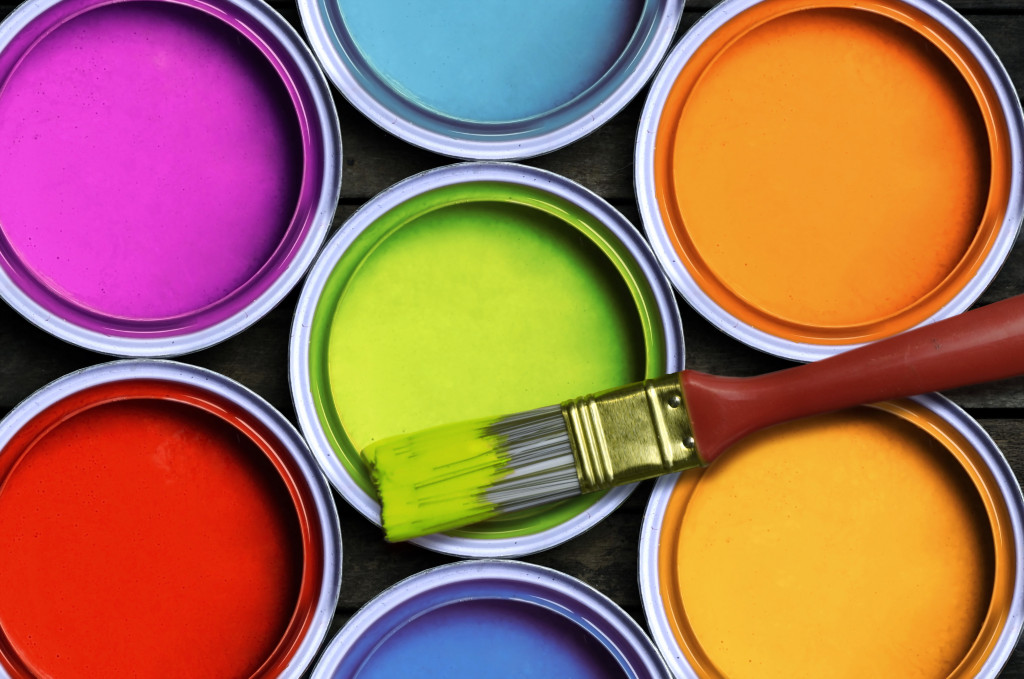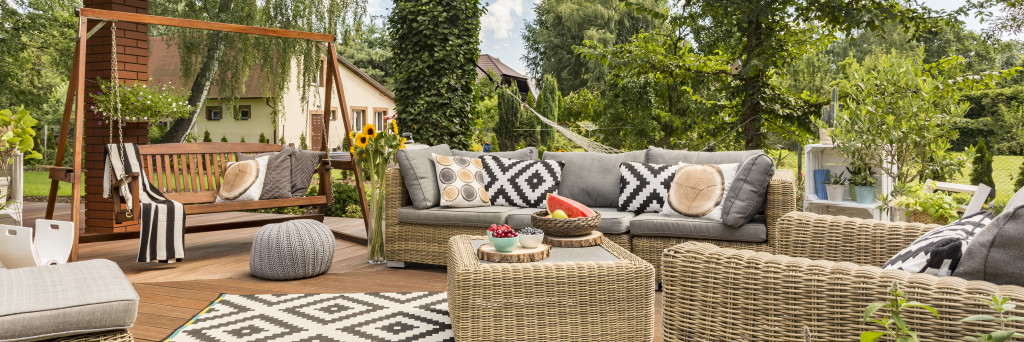So, you went to a flea market or a garage sale and found a nice piece of dresser. You’re thinking, “This will look amazing with a fresh coat of paint!” Maybe you have an outdated furniture piece at home that could use a makeover or an item that no longer fits your overall décor.
While it’s easier to make a new cabinet or sofa purchase to replace an old item, there’s always an alternative if you want to save old pieces of furniture – you can paint over them. Painting won’t just give new life to these furniture pieces, but it can also add that beautiful pop of colour to a dull-looking space. It can also help you create a more cohesive look in your room.
Of course, many homeowners may be terrified of the idea at first. What if instead of giving a piece a makeover, you end up ruining it? But, as long as you follow the right steps and precautions when painting furniture, you can avoid all those chipping, peeling, and amateur-looking painting job.
Here’s what you need to know:
Think of a Theme
Before you start, think of the look you prefer. Do you want the piece to look smooth and flawless or worn and distressed? Your choice will influence every other decision that follows. If you prefer that aged, distressed finish for a more vintage vibe, matte finish paints are excellent choices.
Milk paint, chalk paint, or latex paint in eggshell or flat finish will do the trick. While applying paint, you won’t have to think about unflattering brush strokes or achieving an uneven finish. But, if you’re into that smooth, flawless finish, grab a pain that had a glossier finish and make sure to use brushes that will not leave noticeable stokes and unevenness.
Prep and Prime
Of course, you need to get your furniture piece ready before applying paint. Depending on the theme you’ve chosen, make sure to lightly sand the entire piece to get rid of any flaws and ensure a smoother application. You can skip the sanding if you want that distressed finish and your furniture piece is still in good condition.
But, if you notice that your furniture either looks extremely shiny or has that unflattering flaky finish, it’s always safe to sand it first.
Get the Right Type of Paint and Brushes

There are many considerations when choosing the right paint for your furniture: your chosen finish, the condition of the item, and of course, the cost. Different types of paints have their own unique finishes, and most of the time, even the brands have an effect on how the paint will turn out.
If you go with a latex-based paint for that satin or semi-gloss finish, for example, it’ll dry faster than an oil-based one but will only work better for a piece that only gets rarely used. Milk paint is excellent for that distressed look, but if you want to skip the primer, chalk paint is a better choice.
Also, get high-quality paintbrushes, so you won’t have to worry about constant shedding and horrible brush marks.







